
Culture
23:06, 26-Mar-2018
If Treasures Could Talk: What secrets could the ancient jade turtle reveal?
By Special Feature and Documentary Programming & Culture Express
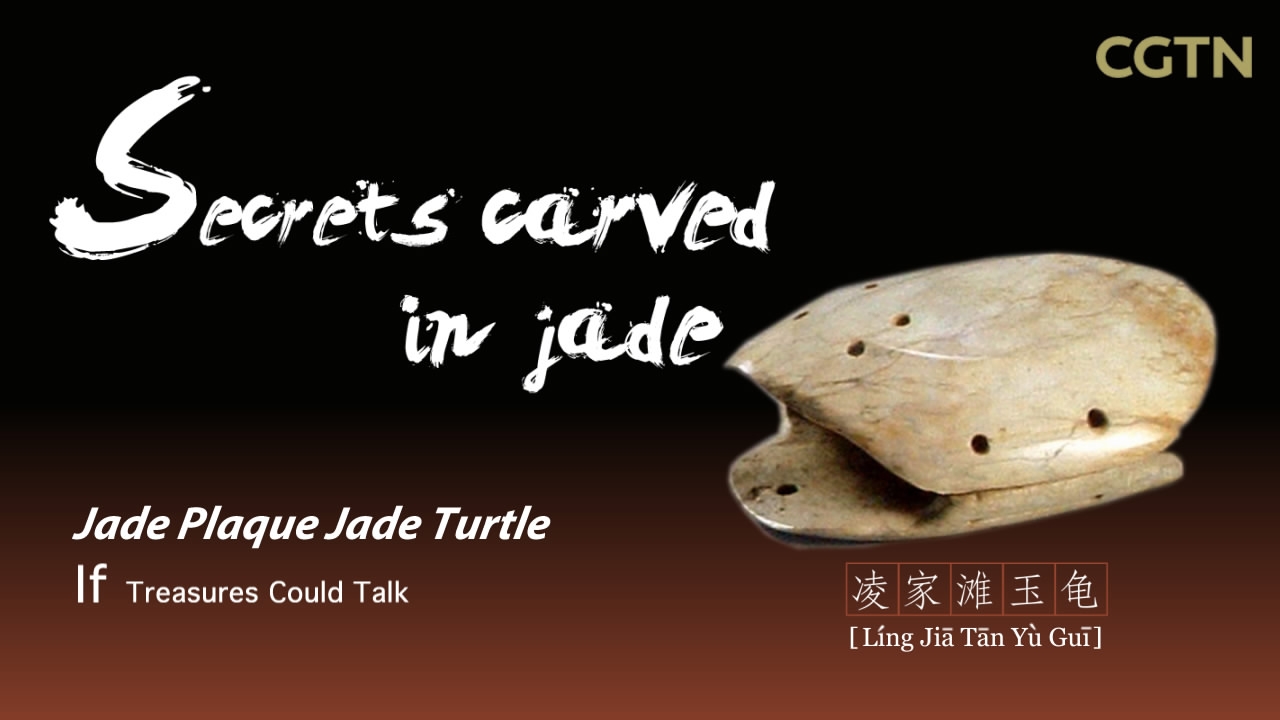
The series "If Treasures Could Talk" was a hit across China, inspiring many young viewers to learn more about their country's past. It's time to check out one of China's most valuable ancient treasures – a Jade Plaque Jade Turtle excavated from east China's Anhui Province.
Secrets carved in jade
There are those who believe jade turtle was used in astrology; others say it’s an early form of "Bagua", or eight trigrams. Or perhaps it’s a calendar, and yet others claim it’s the original of the fabled Luo Scroll. What everyone agrees on is that it reveals a remarkably high level of prehistoric culture and knowledge in the area where it was found: Lingjiatan site in Hanshan County.
The jade plaque was discovered sandwiched between the shell and belly of the jade turtle. The plaque was carved with a circle, divided by straight lines into eight segments. From the circumference, four arrows extend to the plaque's corners.
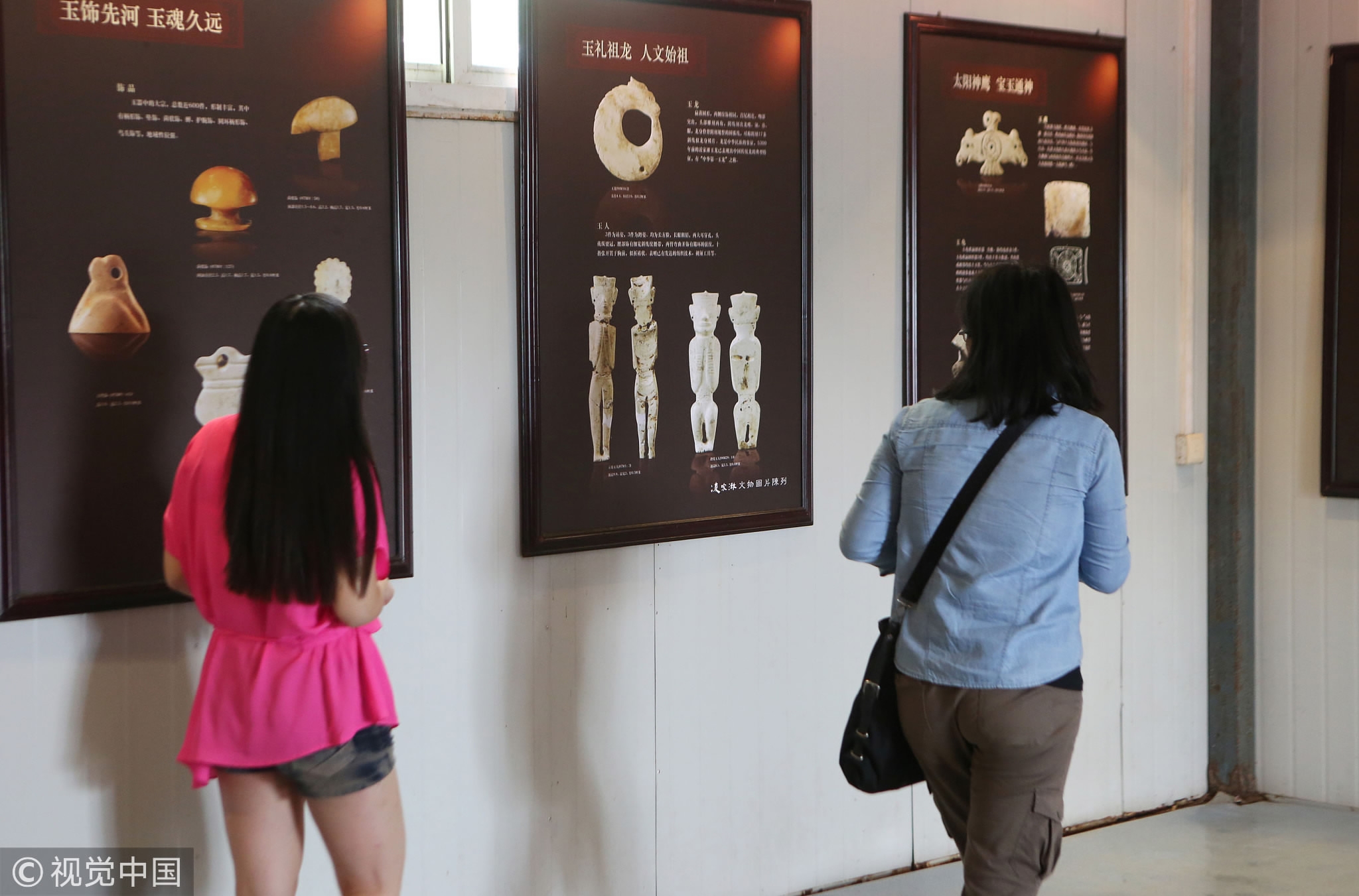
An exhibition in Lingjiatan. /VCG Photo
An exhibition in Lingjiatan. /VCG Photo
Apparently, the jade turtle and plaque were an aid, used in simple calculations of numerals and direction. However, closer inspection suggests that they may hold far more complex secrets.
The four holes on each side of the turtle's shell make a total of eight, plus five in the belly. Placed together, there are five in the middle and four on each side, corresponding roughly with the sections of a real turtle's shell. The plaque also has holes drilled in it, along each side.
Jade figurines
Among other finds at the Lingjiatan site are six jade figurines. Strangely, in all of them, the hands are pressed against the chest, with the fingers extended. Just as the human hand has five fingers, in traditional Chinese culture there are five elements. The ancient Chinese arranged the numbers from one to ten, to produce an interesting numerical phenomenon.
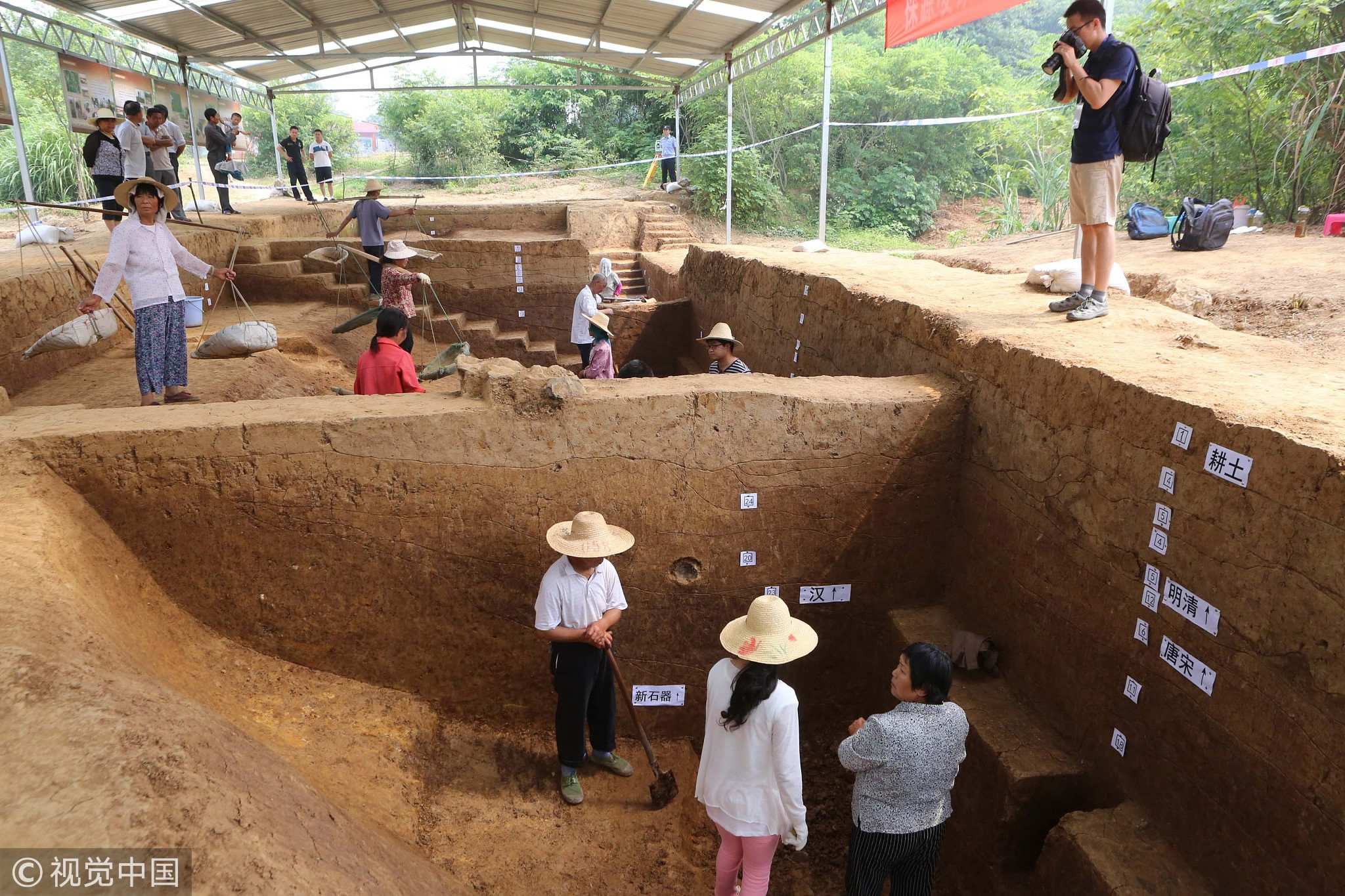
An excavated site in Lingjiatan, 2014. /VCG Photo
An excavated site in Lingjiatan, 2014. /VCG Photo
Luo Scroll: Odd numbers, even numbers
One, two, three, four and five were associated with the upper left hand, and six, seven, eight, nine and 10, with the lower right.
Luo Scroll is the magic square believed to depict the universal order of all things. It reflects a state of perfect balance. Adding together the numbers in any direction produces the same result of 15. The nine holes at the top of the jade plaque and four at the bottom adhere to this pattern.
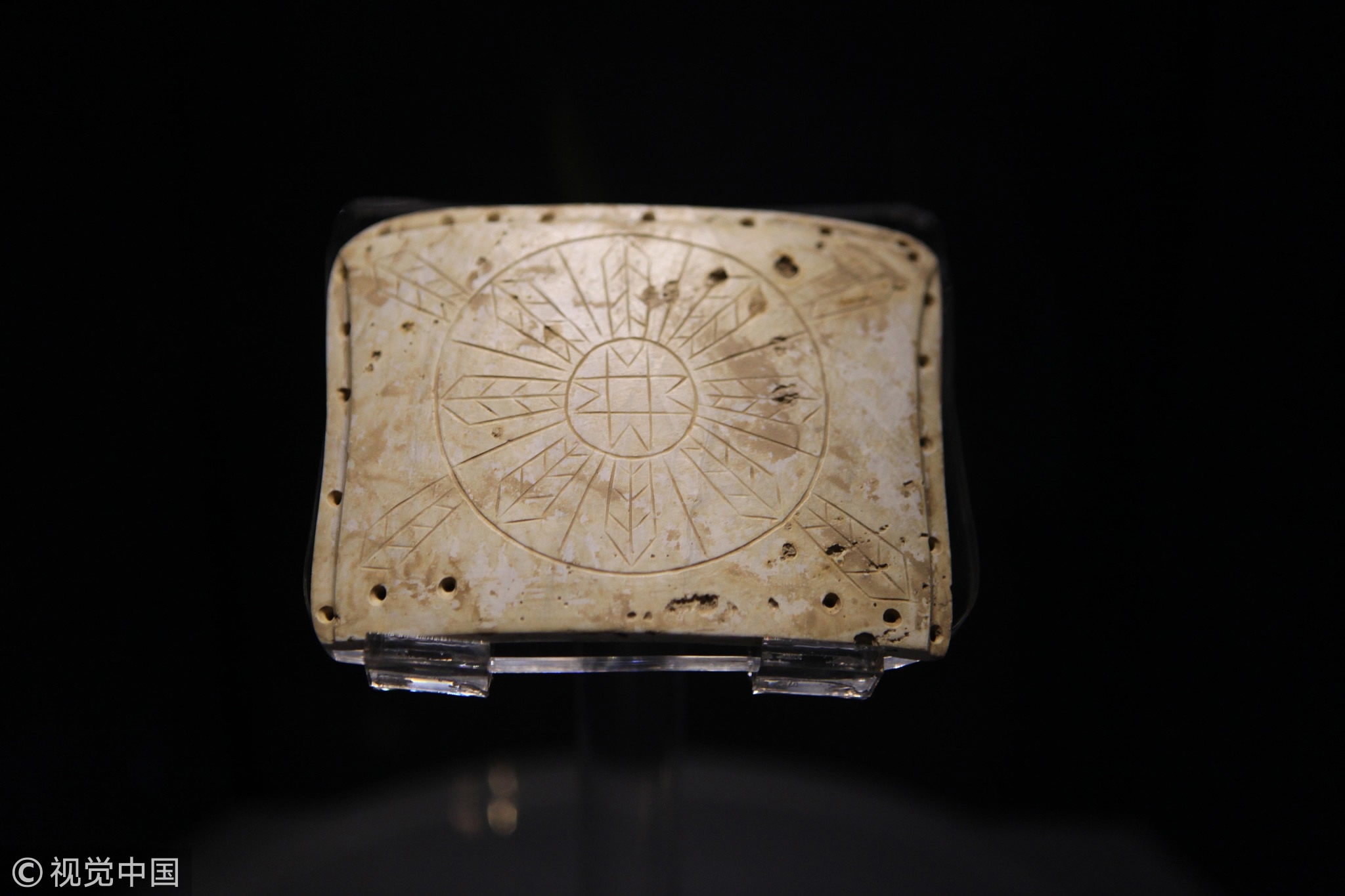
A jade map. /VCG Photo
A jade map. /VCG Photo
Some people hold that the jade plaque must be the original Luo Scroll and the earliest example of the eight trigrams.
The eight-pointed star at the center is another ancient symbol. Still today, it retains its significance in several ethnic cultures in China, and around the world. Sadly, the power of such symbols to reveal the secrets of nature is now largely ignored.
A variety in jade discovery
The same eight-pointed star also appears on a jade eagle. It's one of the many objects found in Lingjiatan that reveal a whole world of jade… annuli, semi- annuli, axeheads, adzes, hoops, bracelets, penannuli, and necklace beads.
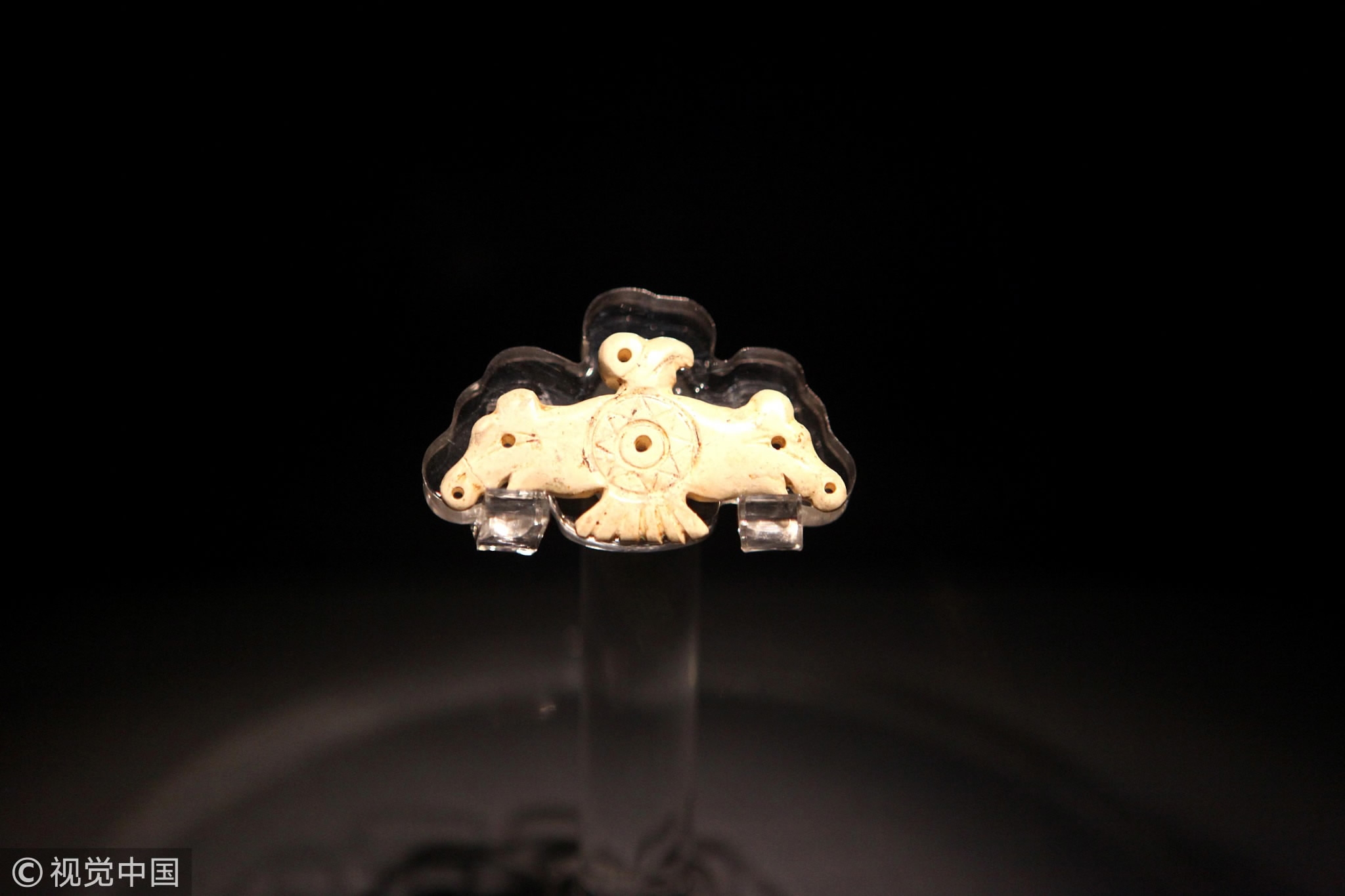
A jade eagle. /VCG Photo
A jade eagle. /VCG Photo
Jade Triangle Ornament, Jade Boar, Jade Crown Ornament and Jade Dragon – the range and depth of the cultural symbolism uncovered there make Lingjiatan unique. Yet this high point of prehistoric civilization remains surprisingly little-known.
Five excavations to date have uncovered just one eight-hundredths of Lingjiatan site's estimated 1.6 million square meters. There seems little doubt that Lingjiatan has many more fascinating discoveries to share.

SITEMAP
Copyright © 2018 CGTN. Beijing ICP prepared NO.16065310-3
Copyright © 2018 CGTN. Beijing ICP prepared NO.16065310-3